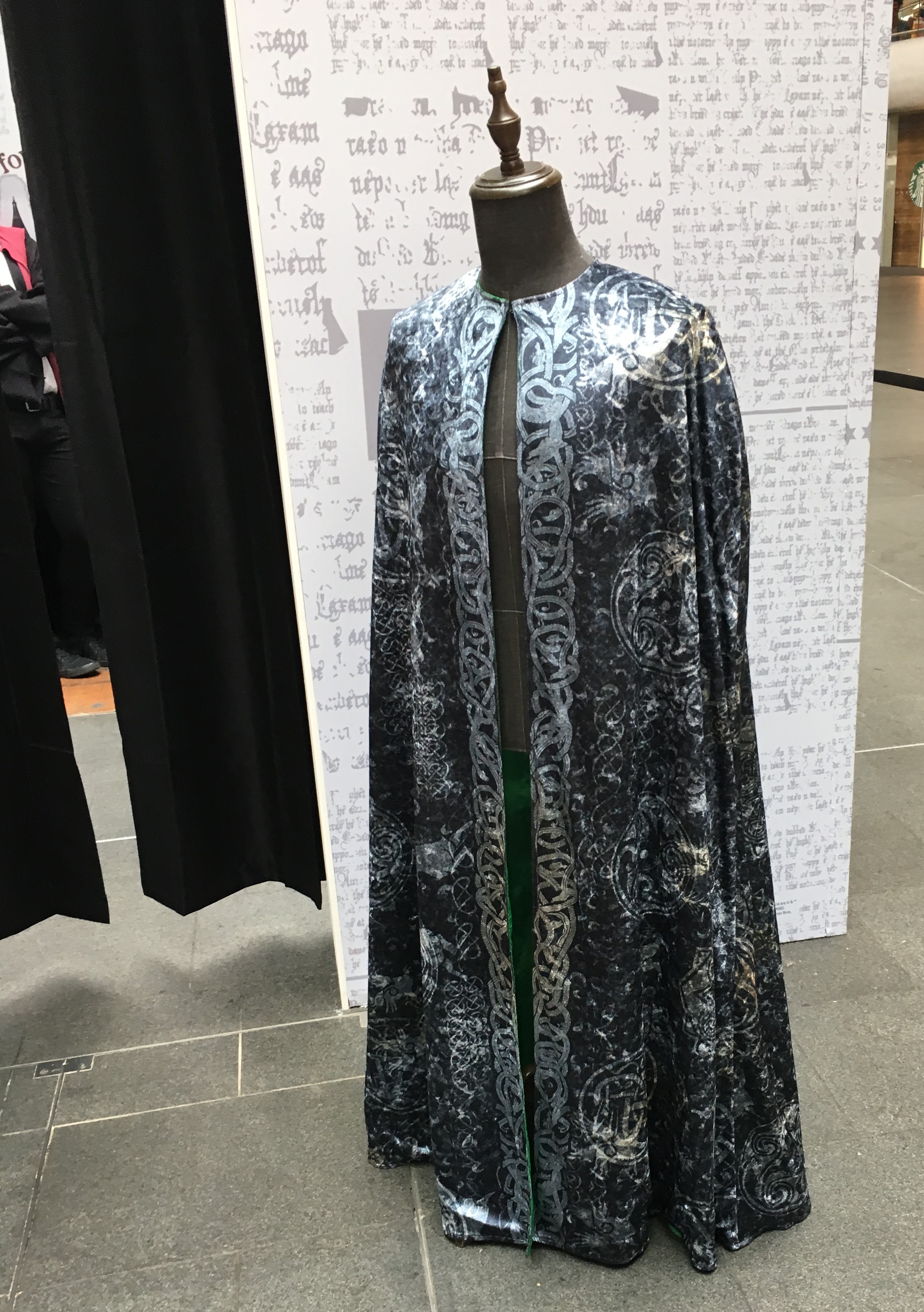

Thus far these devices have relied on metamaterials – a material that has been specially engineered to possess novel properties not found in naturally occurring substances or in the individual particles of that material – but the study by Chen and co-authors suggests the use of a-MoO3 to create these invisibility devices. The idea of an invisibility cloak may sound more like magic than science, but researchers are currently hard at work producing devices that can scatter and bend light in such a way that it creates the effect of invisibility. A new study published in the De Gruyter journal Nanophotonics by lead authors Huanyang Chen at Xiamen University, China, and Qiaoliang Bao, suggests the use of the material Molybdenum Trioxide (a-MoO3) to replace expensive and difficult to produce metamaterials in the emerging technology of novel optical devices. Invisibility devices may soon no longer be the stuff of science fiction. RELATED ARTICLE: Smoke-Like 'Invisibility Cloak' Underway for US Troops to Replace the Controversial White PhosphorusĬheck out more news and information on Materials Science in Science Times.H z component diagram when the point source is placed at r = R1 (a) in vacuum and (b) a-MoO3 invisibility concentrator and r = R2 in (c) vacuum and (d) a-MoO3 invisibility concentrator, respectively. Experts think that the fusion of metalenses with concurrent advances in metamaterials would make visible-light cloaking devices a reality.īut just like Star Trek in which it took centuries to build a cloaking technology, humans might need decades to successfully apply metalens to metamaterial cloaks or a 3D cloaking device. On the other hand, metalenses could be applied to nanofin technology to extend the wavelength covered.

So far, existing materials have not yet managed to penetrate the visible light portion of the spectrum with a cloak. Metamaterials may have made a significant advancement but it is still exclusive to visible light. The cloak's material should vary from point to point to bend and unbend the light. READ ALSO: Creating Invisibility With Superconducting Materials Biggest Challenge in Making Invisibility CloakĪs Freethink* reports, the biggest challenge in making invisibility cloaks a reality is the incorporation of a large variety of wavelengths. Researchers said that it allows for the development of cheaper, lighter, and more effective lenses. Metalens' appealing features include being thin to allow a single wavelength, being simple to make, and may concentrate the light of several wavelengths onto the same place.Ī 2018 breakthrough uses titanium-based nanofins that will guide light through a different part of the material to allow it to bend by the necessary amount to wind up where it needed to be. Metalens would shape the wavefronts of incoming light waves regardless of wavelength to allow light to be focused on a single point. The way a true invisibility cloak works then means to hide a material that was not intrinsically transparent to divert light around an object from all directions.Ī new nanotechnology on metamaterials created metalenses that are recognized for their ability to change the angle at which background rays of light emerge. That means the only way for transparency to be possible is if the light comes from behind the object and could somehow still arrive in front of the object at some trajectory. On the other hand, reflected light bounces and illuminates the object, allowing it to be observed directly. When absorbed, background light and signals will be obscured and the object will be visible. The fusion of broadband achromatic metalens and metamaterial cloaking, a nanotechnology advancement, could perhaps enable the first-ever invisible cloak.Īccording to Freethink*, the typical behavior of light of any wavelength could either be absorption or reflection. The material called broadband achromatic metalens could render an object invisible under the visible light spectrum. Perhaps, the closest advancement that could make invisibility cloak a reality happened in 2018. Scientists know that the first step in making invisible objects is using materials that are undetectable under microwave to radio wavelengths.

Significance of the Development of Metamaterial


 0 kommentar(er)
0 kommentar(er)
